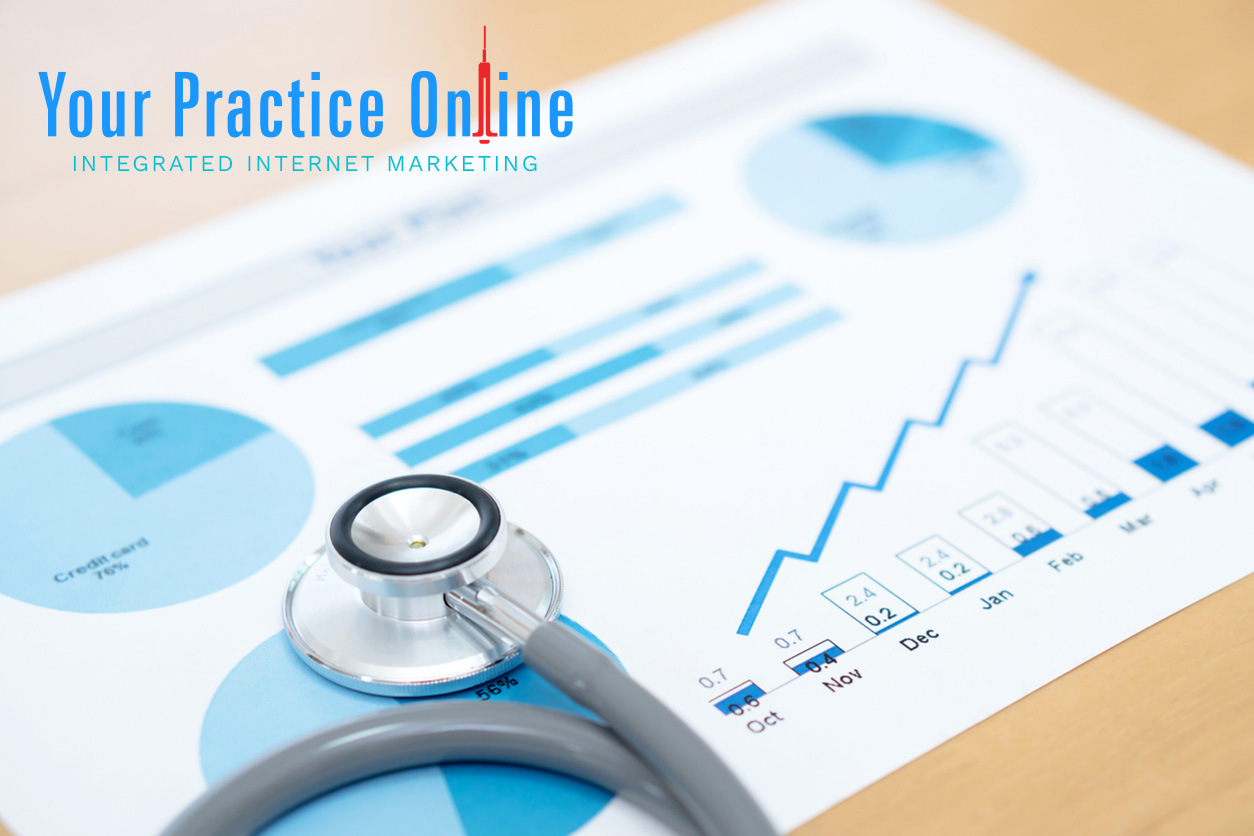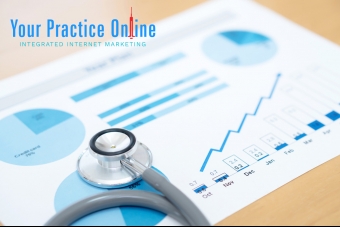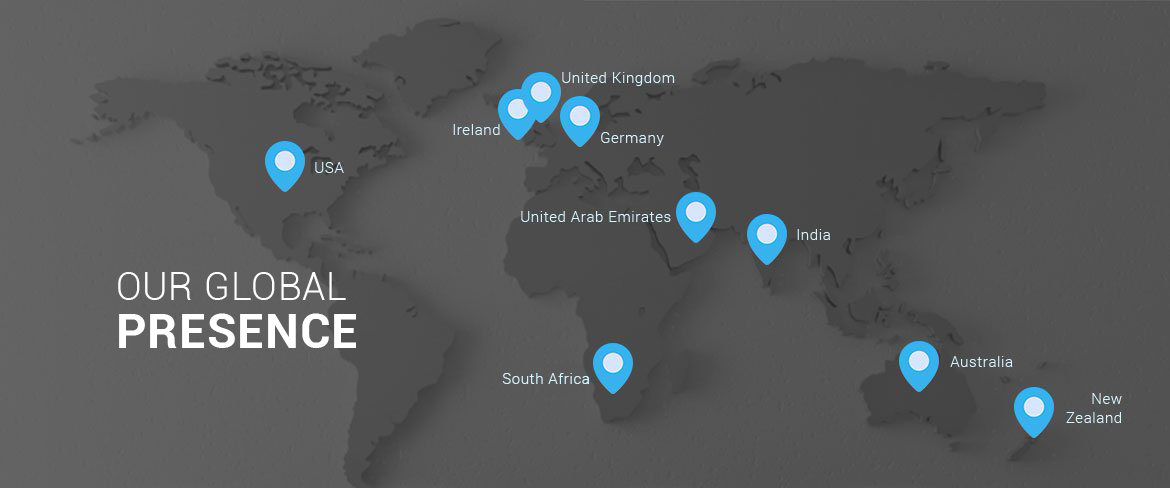
Healthcare providers spent more than $2.1 billion on digital advertising in 2017, and this number is expected to reach $2.9 billion by 2021.1
While healthcare is still behind other industries such as e-commerce or banking in the use of digital marketing, things are quickly changing. Healthcare professionals are increasingly looking to digital marketing channels to get better value for their marketing dollars, given the rising healthcare costs and lowering medical reimbursements.
Here are some astonishing stats to influence healthcare marketing in 2020:
More than 80% of patients feel unsatisfied about their healthcare experience.2
There seems to be a gap in the perception of the quality of service provided between the patient and the doctor. This experience not only relates to direct experience with the physician, but also interaction with support staff, follow-up communication and marketing outreach.
About 75% of patients want better communication with healthcare providers between appointments, and 88% prefer automated communications about specific actions patients may be required to take.
Advanced data analytics and technology can be employed to create an effective digital marketing plan for improved communication and to fill the gaps in the delivery of healthcare services.
Close to 50% of the young adults between the ages of 18 to 29 years of age do not have a primary care doctor.
As the younger generation is highly tech dependent for news and information, investing in sound digital marketing to acquire a large segment of this population could provide a significant long-term payoff.
43% of Millennials may be switching primary care providers in the next few years.
Research indicates that the expectations of healthcare for each demographic varies. The millennials, which form the largest group of healthcare consumers at greater than 80 million consumers, spend a lot of time on social media and such platforms are an excellent opportunity for healthcare marketing.4
“Near Me” searches went up by an astonishing 900% since 2015.3
Patients today aren’t willing to travel long distances to receive healthcare. Using keywords that are location specific, extensions, and geofencing can help you reach today’s convenience-focused healthcare consumer.
These stats are a clear indication that the impact of digital marketing in the healthcare industry continues to grow at an astonishing rate. In the year 2020, using digital marketing tools to build a meaningful and interesting online presence is key to establishing and sustaining a flourishing medical practice.
Sources:
2. https://www.evariant.com/blog/statistics-guide-your-2018-healthcare-marketing-budget
3. https://www.advicelocal.com/blog/from-the-web-near-me-search/



